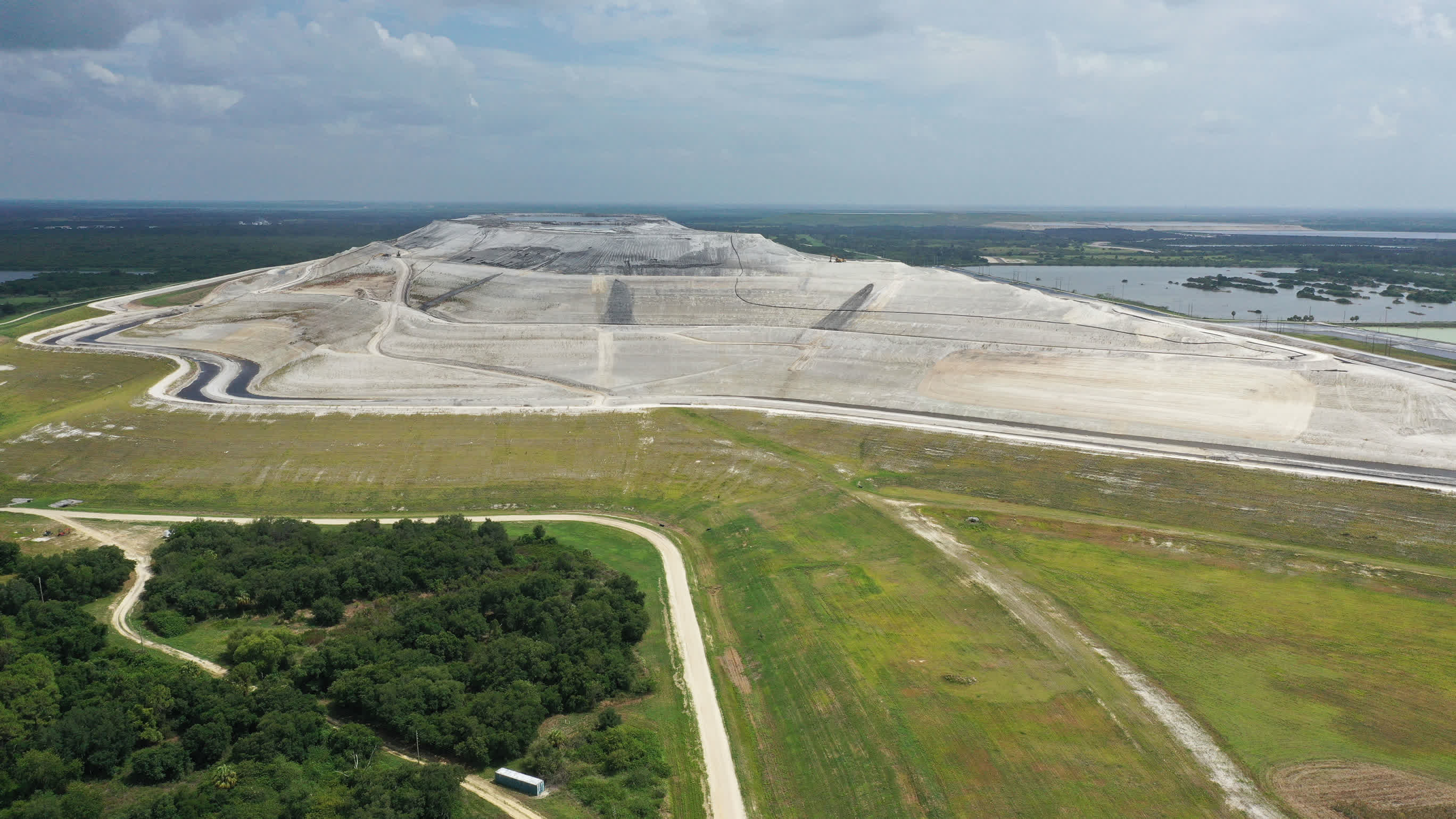What just happened? The Environmental Protection Agency (EPA) has granted preliminary approval for a pilot project allowing Mosaic Fertilizer, LLC to construct a road using phosphogypsum – a radioactive byproduct of fertilizer production – on its property in New Wales, Florida. This decision has sparked concern among environmentalists and raised questions about potential health and environmental hazards.
Phosphogypsum contains radium, which decays into radon gas. Both are radioactive and known carcinogens, according to the EPA. Historically, the agency has opposed using phosphogypsum in road construction due to the risks it poses to construction workers and future residents living near such roads.
But the EPA claims that public exposure to the road will be limited. However, Mosaic has described this effort as part of a broader initiative to “demonstrate the range of … road construction designs,” suggesting that this could be a stepping stone towards more widespread use of phosphogypsum in road construction.
As billions of tons of phosphogypsum accumulate, particularly in states like Florida, the search for solutions remains contentious. While some see potential in repurposing the material, opponents argue it poses significant public health risks.
The pilot project involves constructing four test road sections, each 500 feet long and 24 feet wide, using phosphogypsum from the New Wales South stack. These sections will contain up to 50% phosphogypsum by weight in a single 10-inch road base layer. For comparison, four control sections without phosphogypsum will also be built.
Environmental groups strongly oppose the EPA’s decision. Ragan Whitlock, an attorney with the Center for Biological Diversity, called the approval “mind-boggling,” citing concerns about risks to road crews and water quality. Whitlock accused the EPA of caving to pressure from the phosphate industry, potentially opening the door to widespread use of hazardous waste in roads nationwide.

EPA’s timing has also raised eyebrows. A request for public comment on the project was issued on October 9, just hours before Hurricane Milton was expected to make landfall in the Tampa Bay area as a Category 5 storm. This timing was particularly concerning given the history of environmental issues associated with phosphogypsum stacks during severe weather events.
In fact, days after Hurricane Milton struck as a Category 3 storm, Mosaic reported that contaminated water had been discharged from its Riverview site into Tampa Bay due to excessive rainfall. This incident underscores the ongoing environmental challenges associated with phosphogypsum storage.
The EPA’s decision marks a departure from its 1992 stance, which deemed phosphogypsum use in road construction an unacceptable public health risk. Since then, regulations have required phosphogypsum to be stored in stacks on private land due to its cancer risks and other health hazards from radon emissions.
Although the EPA insists the risk from this specific project is “extremely low,” critics argue it sets a dangerous precedent for future use of phosphogypsum in public infrastructure.










Leave a Comment